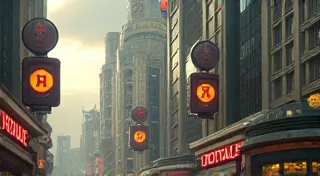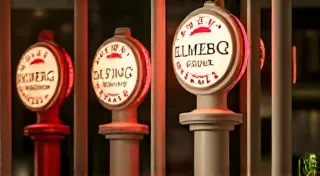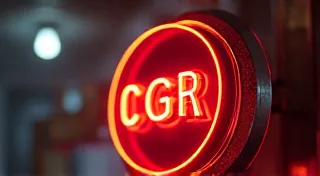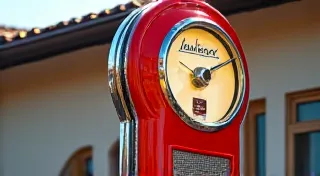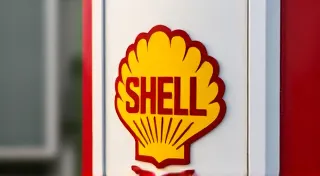The Ultimate Guide to Cleaning Rusty Vintage Gas Signs
Vintage gas station signs are more than just collectibles; they’re windows into a bygone era, testaments to classic automotive design, and pieces of American history. Unfortunately, time and the elements take their toll, often leaving these beauties covered in unsightly rust. While the thought of tackling a heavily rusted sign can be daunting, with the right techniques and a little patience, you can safely and effectively remove the rust, preserving the original beauty and increasing the value of your treasured gas signs.
Understanding the Enemy: Types of Rust & Their Impact
Before diving into the cleaning process, it’s crucial to understand what you're dealing with. Rust, chemically known as iron oxide, forms when iron reacts with oxygen and water. The severity and type of rust on your gas sign can vary:
- Surface Rust: This is the most common type, appearing as a light orange or brown coating. It’s relatively easy to remove and indicates the rust hasn't penetrated deeply.
- Pitting Rust: This type creates small holes or pits in the metal. While more challenging to remove, it doesn’t necessarily compromise the structural integrity if treated properly.
- Flaking Rust: This is when the rust has become loose and peels away from the surface. This indicates a more advanced stage of corrosion.
- Deep Rust: This type has corroded the metal significantly, potentially weakening it. This might require more aggressive techniques and possibly metal patching.
The type of sign material also matters. Porcelain signs are common, but aluminum, tin, and steel were also used. Porcelain is more brittle and requires extra care to avoid cracking during cleaning.
Safety First: Essential Precautions
Rust removal can involve harsh chemicals and abrasive tools. Prioritize your safety by following these precautions:
- Wear Protective Gear: This includes safety glasses, a respirator mask (especially when using chemicals), gloves (nitrile or chemical-resistant), and old clothing.
- Work in a Well-Ventilated Area: Fumes from rust removal products can be harmful.
- Read Product Labels Carefully: Follow the manufacturer's instructions for all chemicals used.
- Dispose of Waste Properly: Rust particles and chemicals are hazardous waste and require proper disposal according to local regulations.
Cleaning Methods: From Gentle to Aggressive
The best cleaning method depends on the severity of the rust and the material of your gas sign. Here's a breakdown of techniques, starting with the gentlest and progressing to more aggressive options:
1. Gentle Cleaning: Soap and Water
This is the first step for all signs. A simple solution of mild soap (like dish soap) and warm water can remove loose dirt and grime, revealing the extent of the rust. Use a soft brush to gently scrub the surface. Rinse thoroughly and allow the sign to dry completely.
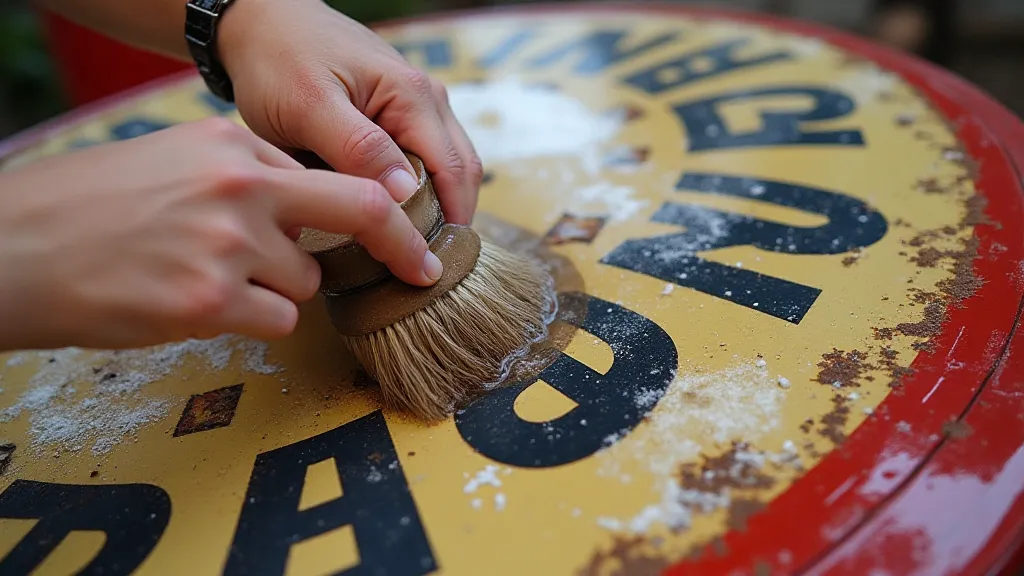
2. Vinegar Soak
Vinegar (acetic acid) is a mild acid that can help dissolve surface rust. Submerge the sign (if possible) in a solution of white vinegar and water (50/50 ratio) for several hours or overnight. For larger signs, apply vinegar with a cloth or sponge, keeping the surface wet. After soaking, scrub with a nylon brush. Rinse thoroughly and dry completely.
3. Citric Acid Solution
Citric acid is another mild acid that’s often preferred over vinegar due to its perceived gentler impact on porcelain. Mix citric acid powder with warm water (usually 1-2 tablespoons per gallon of water). Soak or apply the solution and scrub with a nylon brush. Rinse and dry thoroughly.
4. Commercial Rust Removers
Numerous commercial rust removers are available, often containing chemicals like phosphoric acid. These can be highly effective but always read the label carefully and test in an inconspicuous area first to ensure they don't damage the sign’s finish or paint.
5. Electrolysis Rust Removal
Electrolysis is a more advanced technique that uses electricity to remove rust. It’s very effective, particularly for signs with heavy pitting. However, it requires specialized equipment and knowledge. Research this method thoroughly before attempting it.
6. Abrasive Cleaning (Use with Extreme Caution!)
Abrasive methods like sanding or wire brushing should be considered a last resort and only used for stubborn rust. They can easily damage the sign’s surface, remove original paint, and create scratches. If you must use them, use very fine grit sandpaper (220 grit or higher) and a light touch. Power tools should be avoided as they can quickly remove too much material.
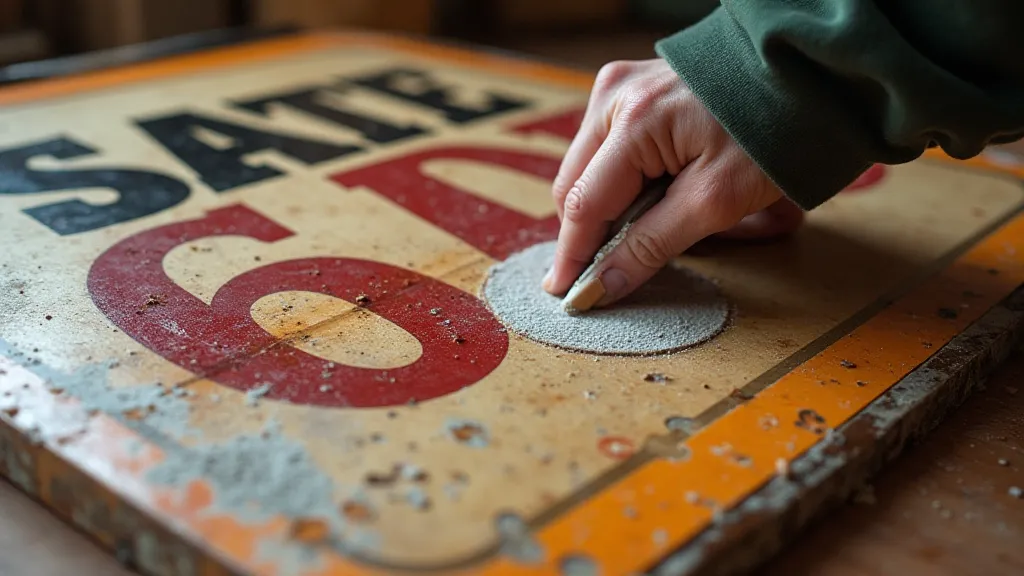
Special Considerations for Porcelain Signs
Porcelain signs are particularly fragile and require extra care. Avoid harsh chemicals and abrasive cleaning methods. The key is patience and gentle techniques. Never apply excessive pressure, as porcelain can easily crack. If you’re unsure, consult with a professional sign restoration specialist.
Post-Cleaning: Protection and Preservation
Once the rust is removed, it's crucial to protect the sign from future corrosion. Several options exist:
- Wax Coating: Applying a coat of automotive wax can create a protective barrier against moisture.
- Clear Coat: A clear coat of automotive lacquer or enamel can provide a more durable layer of protection.
- Sealing: Certain sealants are designed specifically for metal restoration and can provide long-term protection.
Regardless of the method used, regular cleaning and inspection are essential to maintain the sign’s condition.
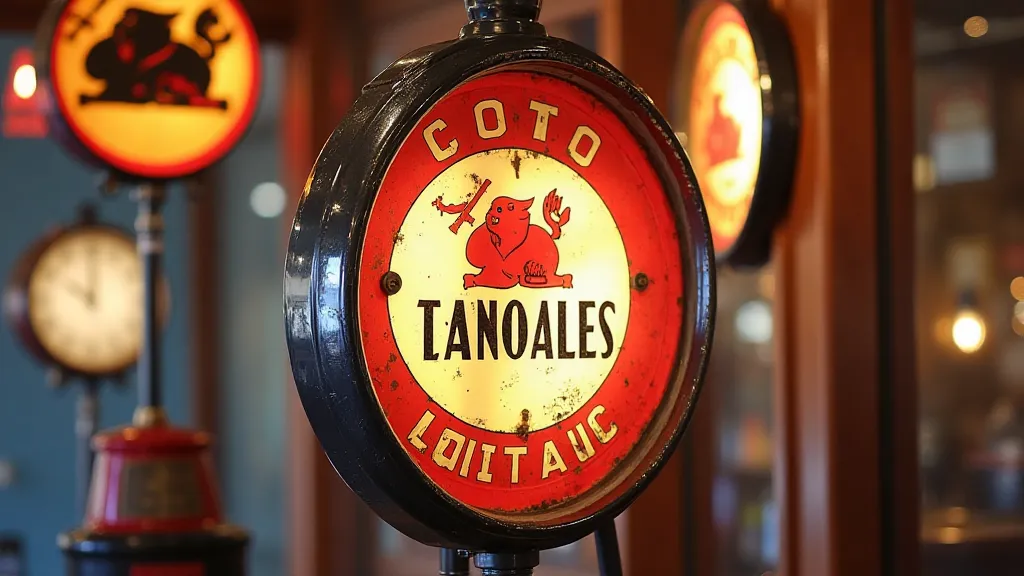
Conclusion
Restoring a rusty vintage gas sign is a rewarding experience that connects you to a rich piece of history. By understanding the principles of rust removal, using the appropriate techniques, and prioritizing safety, you can bring these treasures back to their former glory, preserving them for generations to come. Remember to always proceed with caution and seek professional assistance if you’re unsure about any step of the process.
